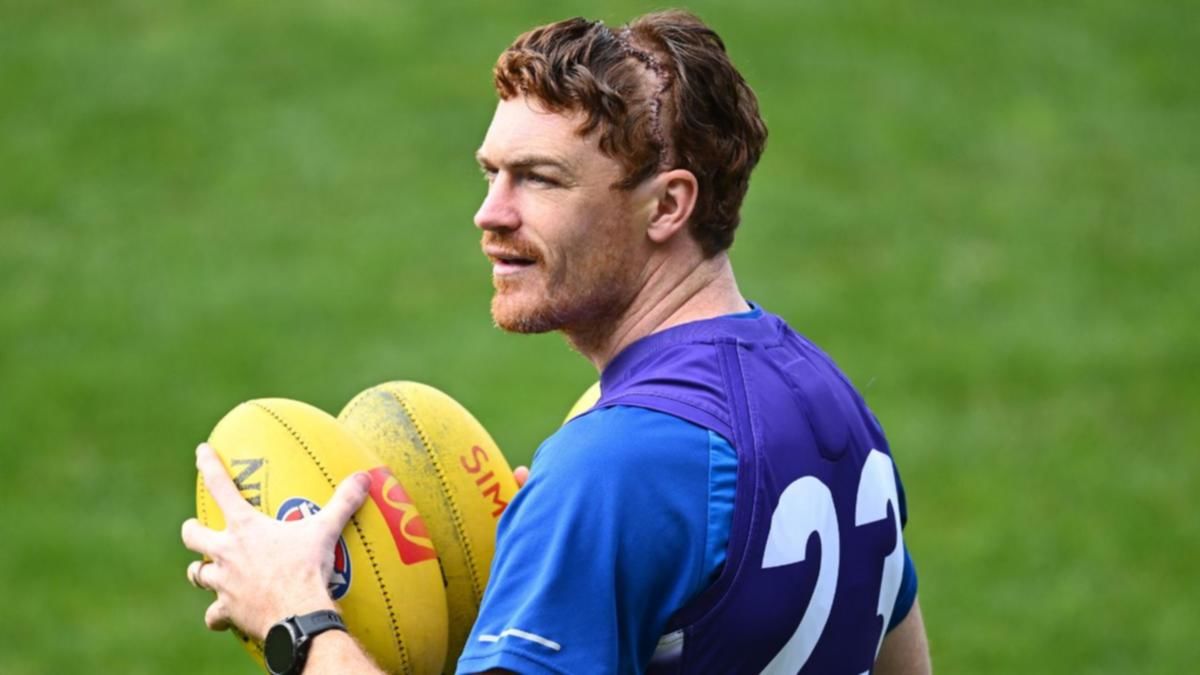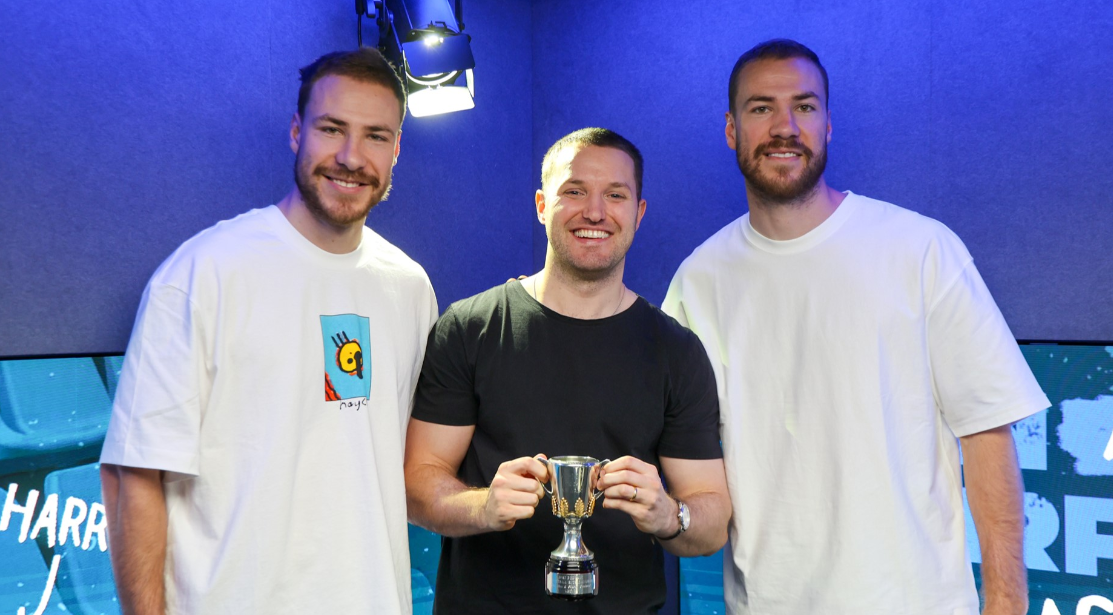Poor selection of coaches at youth level has cost Australian football for more than 20 years

- by Admin
- September 19, 2024

Next week the Asian qualification route to the Under-20 World Cup kicks off.
But before they do, I want to talk about how our poor selection of coaches has cost us for two decades.
Our coaches and our record
During the A-League era, our young men have gone through the Asian qualification process 22 times at various underage groups, for a return of three U-20 World Cups, three U17 World Cups and two Olympic games.
Five of those successful qualification campaigns occurred under two coaches – Jan Versliejen and Graham Arnold who had a success rate of five qualifications out of six attempts compared to all other coaches in this period who had a meagre return of three out of 14.
At the last Olyroo campaign, Tony Vidmar’s squad infamously finished the campaign without a goal… It wasn’t a lack of talent.
Fotmob ratings had our squad exceeding the ratings of the starting squad for Central Coast Mariners. This is unprecedented in the A-League era.
By contrast, using the same method, Graham Arnold’s team from four years earlier would have been wooden spoon contenders.
Win a Ziggy BBQ for Grand Final day, thanks to Barbeques Galore! Enter Here.
The stark difference between those campaigns, as well as our rivals, was the calibre of coaching.
Tony Vidmar was the only coach in our group without any experience outside of the youth national team setup.
Qatar had the former Portuguese U-23 and U-20 coach, Indonesia had their national coach who is the former coach of South Korea and Jordan had a coach with plenty of club experience.
To the FA’s credit, Trevor Morgan who will take the reigns of the U-20 team next week is the least unqualified coach we have had outside of Arnie and Jan, and he is responsible for one of the only other three successful qualification campaigns.
The cost of low investment
This would be all well and good if these youth tournaments were an expensive waste of time.
Jan Versleijen apparently cost us around a million a year and not all national team coaches are willing to coach their U-23 sides.
However, the data does not tell a story of youth tournaments not mattering.
It is interesting to compare each four-year generation and the number of players that broke through in Europe, managing at least one season at a decent level and playing at least 25 games while 24 or younger.
2000-2003: Nine players so far with four more starting regularly
1996-1999: Seven players
1992-1995: Seven players
1988-1991: 11 players
1984-1987: Four players
1980-1983: At least Five players
1976-1979: At least 10 players
I don’t have a full account of the oldest generations, I can only track down those that made a Socceroos debut, so take those last two numbers with a heavy pinch of salt.
The four-year generation that Versleijen had the most influence over, those born 1988-91, had 11 players breakthrough in at least the second tier of Europe at 24 or younger.
This compares to an average of 5.75 for every other four-year generation in the A-League era, only recently set to be beaten (and well beaten if transfer trends continue) by the generation born 2000-2003.
Some of his players also fit into the period, born 1992 to 1995.
Specifically, he coached nine players who had early game time at a decent level: Mathew Leckie, Tommy Oar, Bailey Wright, Dylan and Ryan McGowan, Jason Davidson, James Holland, Mustafa Amini and Milos Degenek.
He also coached one late bloomer in Aaron Mooy.
None of those players coached by Versleijen were the next Harry Kewell, but that should not be the measure by which we evaluate the success of what is ultimately a finishing school for Australian youth.
The measure we should use is: did it get a return on investment?
If we consistently invest in decent youth coaches at the international level over an eight-year period, it would probably cost us 8 million.
However, how much return could Australian football get from the extra transfer revenue from another dozen players in Europe, the extra interest in the game and TV rights from international youth tournaments, the extra eyeballs on screen and bums on seats from a modest improvement in the Socceroos?
It is difficult to know the exact rate of return, but anyway I try to estimate it, investment in qualified youth coaches seems to pay for itself many times over.
Yes, it is not a cure-all, youth development has many moving parts and this looks like a very important cog in the machine.
This leads to the question, why have we spent two decades giving coaching gigs of our underage national teams to inexperienced ex-Socceroos?
The Latest News
-
September 20, 2024Former Italian galloper in Caulfield Cup and Melbourne Cup bid
-
September 20, 2024Who will replace Graham Arnold as Socceroos coach? Candidates to take on Australia top job | Sporting News Australia
-
September 20, 2024Graham Arnold departs as Head Coach of the Subway Socceroos
-
September 20, 2024Travis Head powers Australia to big win in first ODI | Betting Site
-
September 20, 2024Palestinians in Australia left in limbo as visa doesn’t allow for work or study rights




:max_bytes(150000):strip_icc():focal(749x0:751x2)/Gary-rohan-tout-091824-07c3c778b43f4bf89a69ef5c982267da.jpg)
